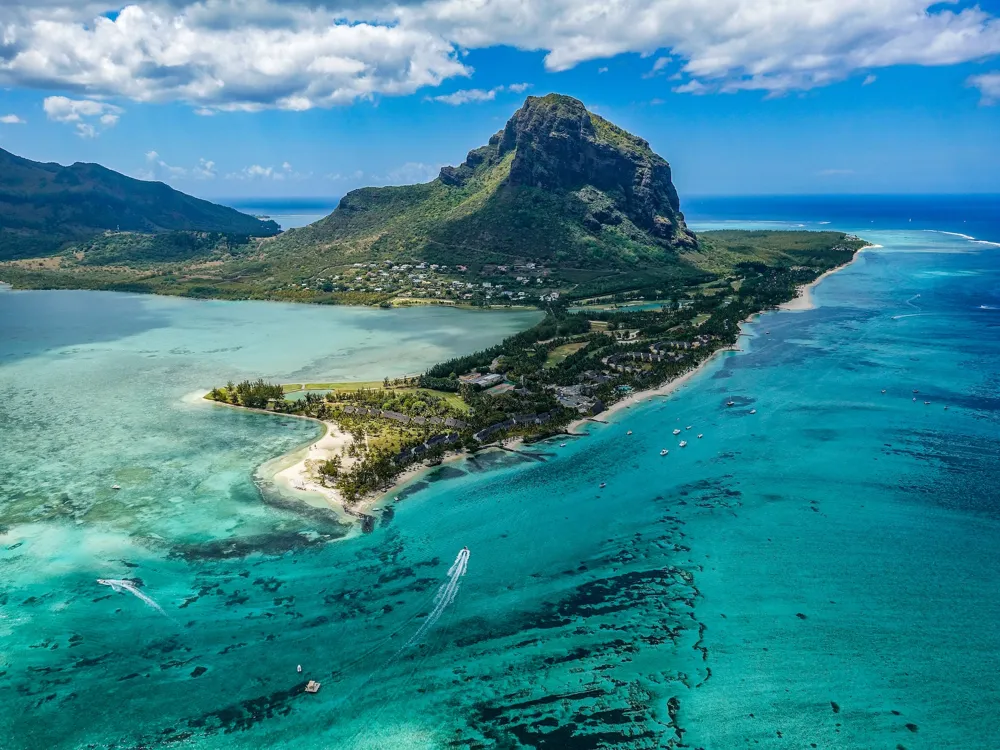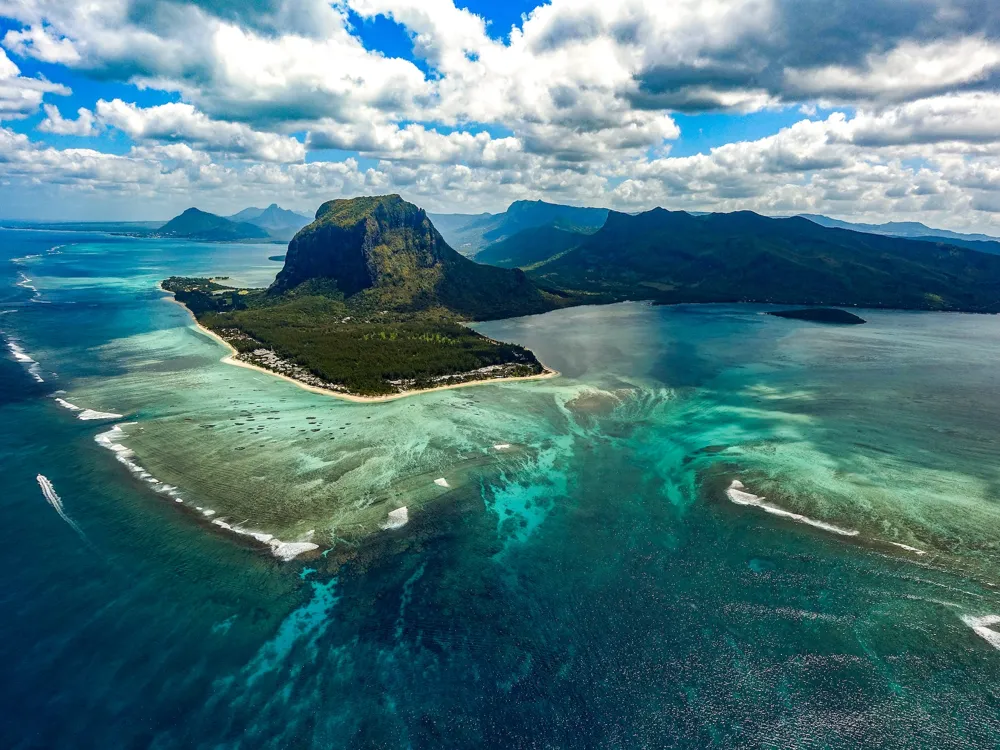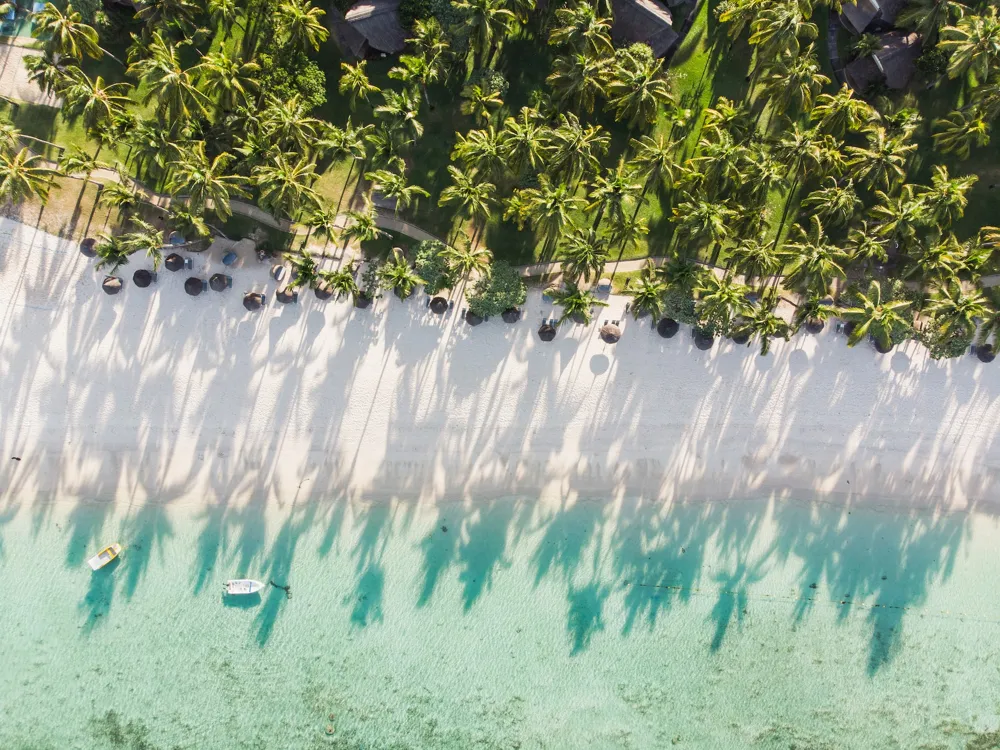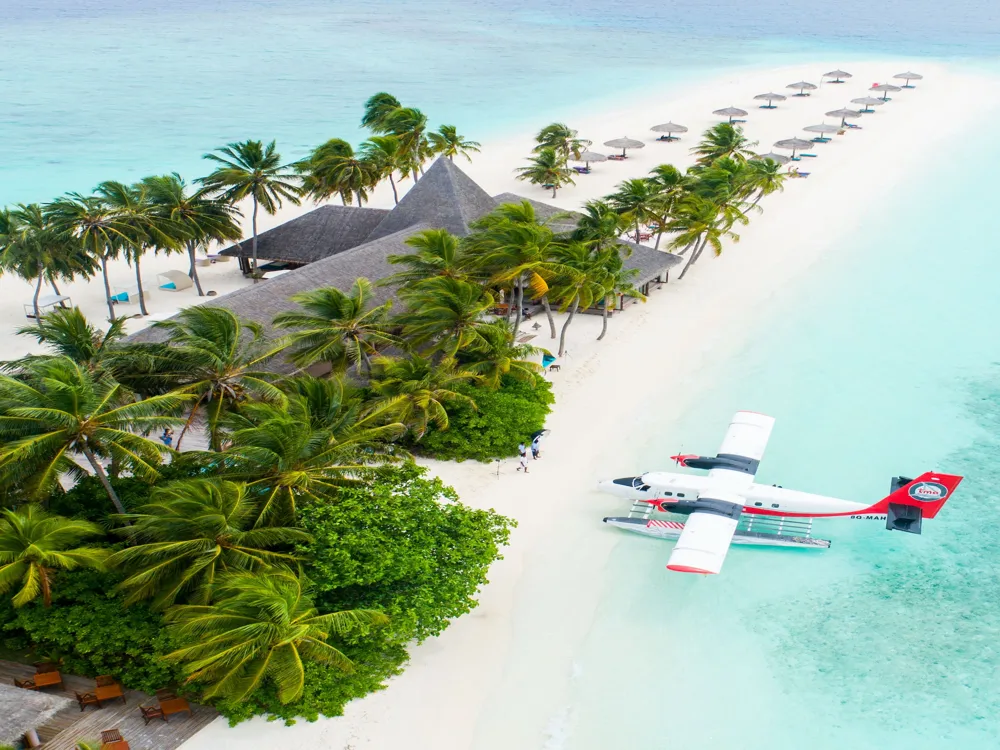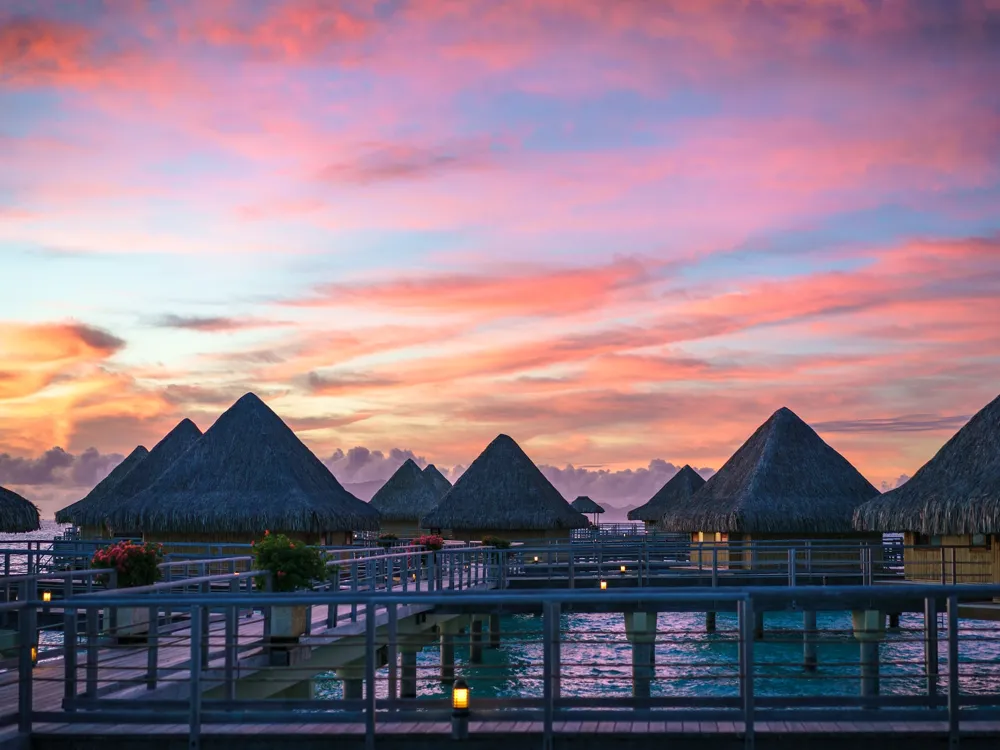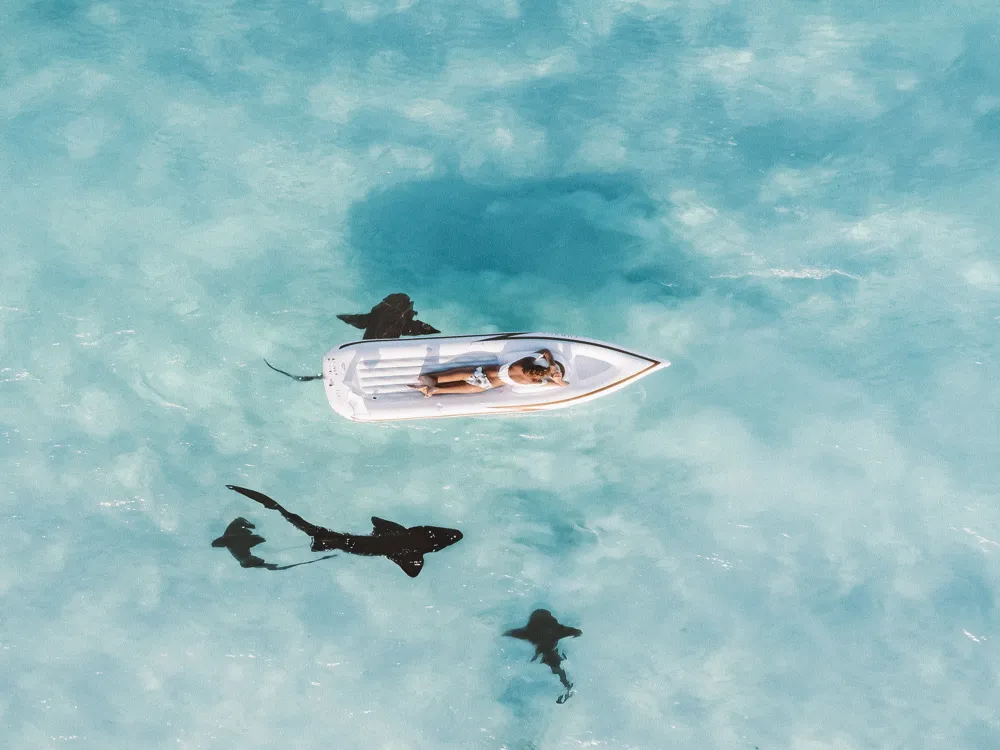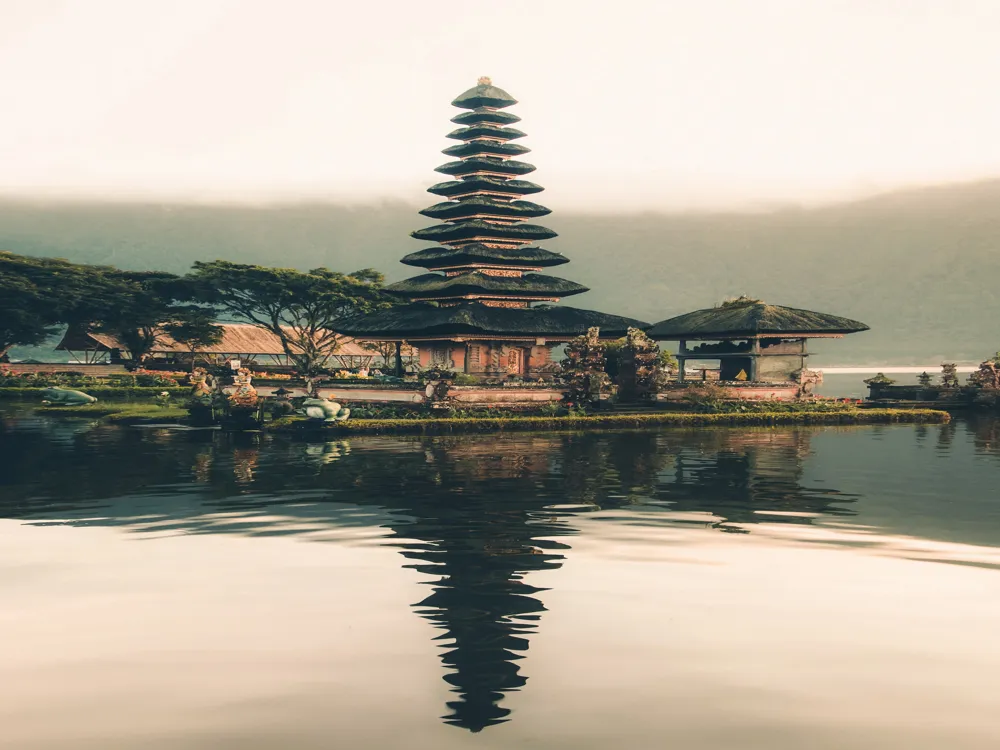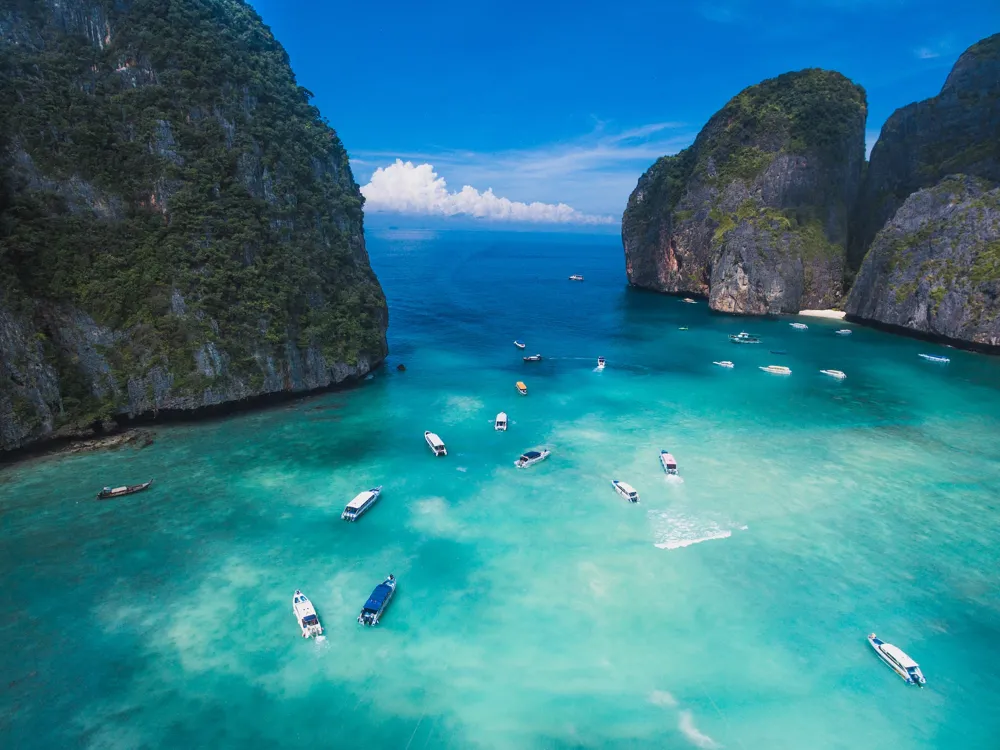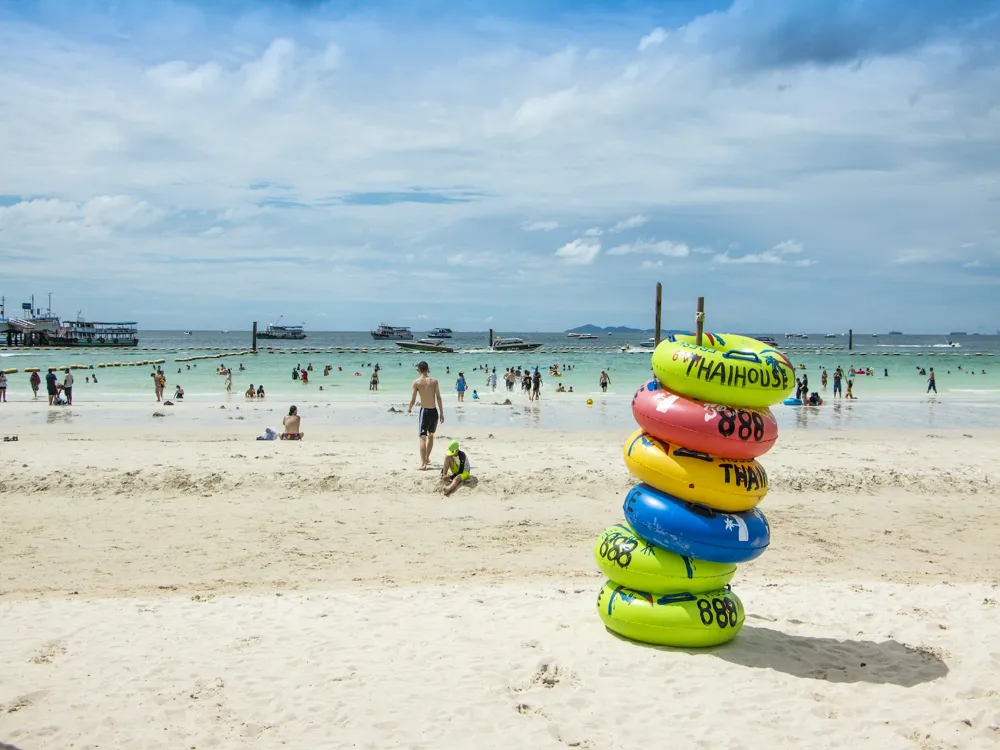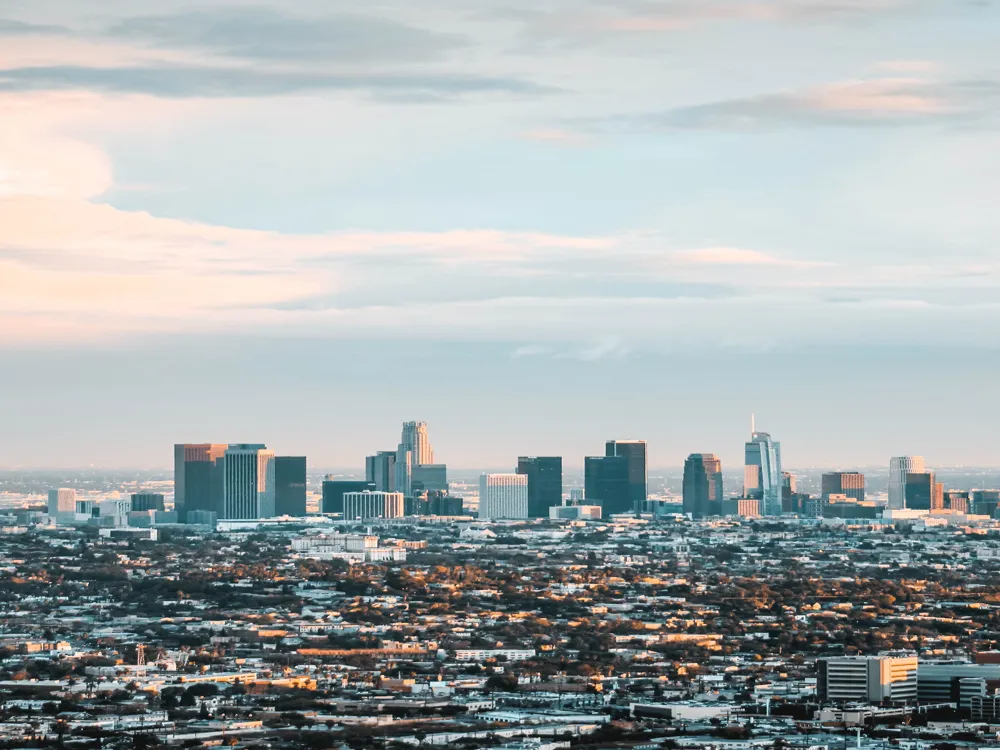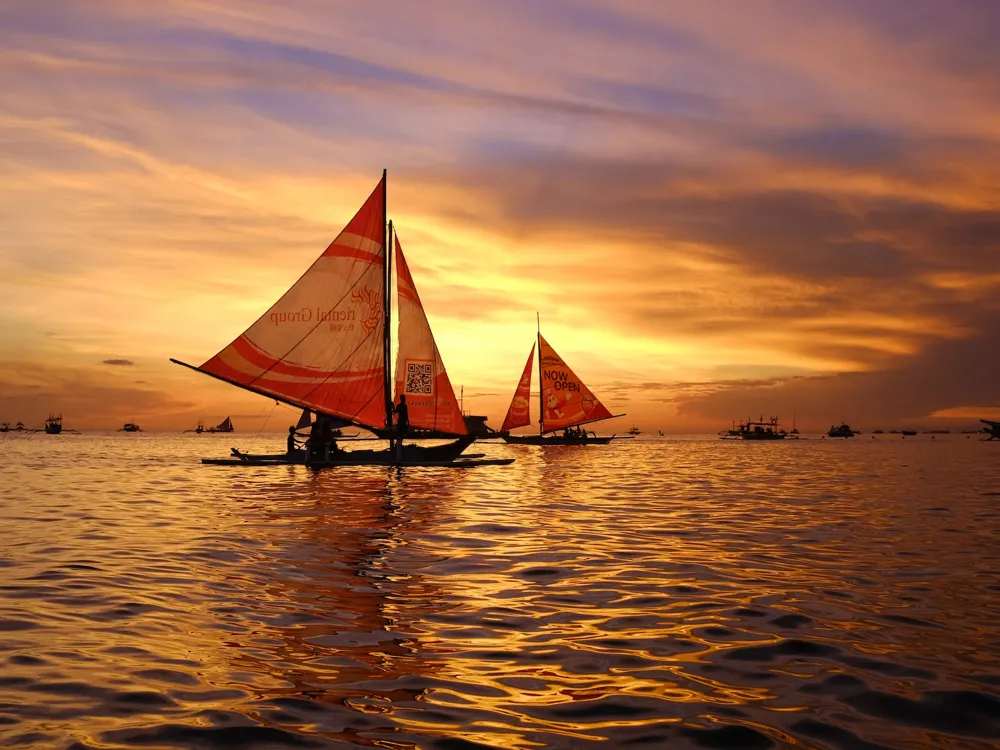Plan Your Travel To Mauritius
Places To Visit In Mauritius
Plage de Trou aux Biches
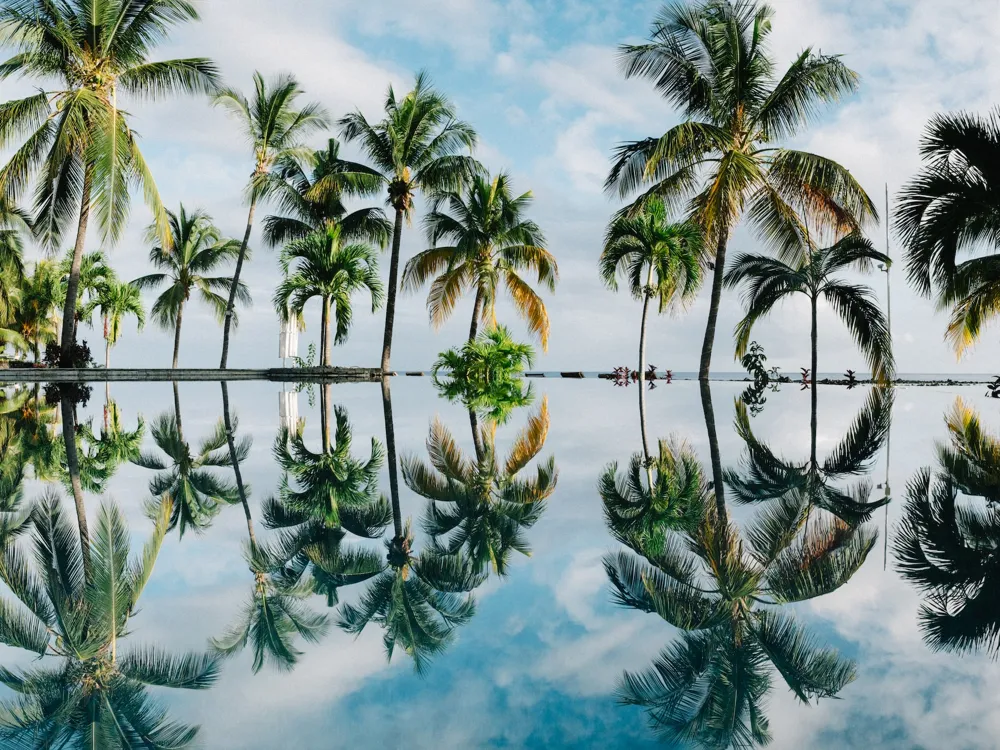
If there is any place across the globe that can truly be described as a paradise on earth, it has to be one of the vast numbers of stunning beaches that Mauritius proudly boasts of. With long stretches of soft white sand stretching for kilometres and surrounded by crystal clear blue water for as far as the eyes can see, there are very few places on the globe that can be as aesthetically pleasing as the beaches of Mauritius. Choosing the best beach from amongst so many is a task easier said than done, but one beach that will be unanimously voted by tourists and locals alike as being somewhere near the very top is the Trou aux Biches beach or the Plage de Trou Aux Biches.
Source
Read More
Pointe Aux Piments Public Beach
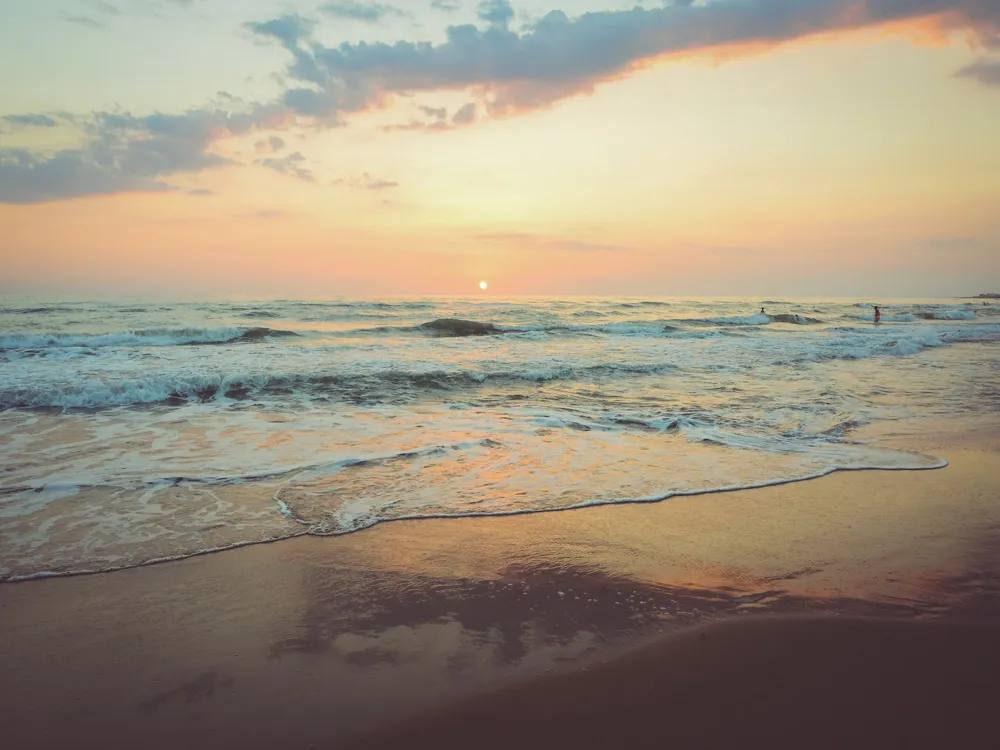
Pointe aux Piments village in the western part of Mauritius is home to the Pointe aux Piments public beach. Located in the Pamplemousses district, it is one of the many beaches in Mauritius. Also known as the Le Meridien beach, the Pointe aux Piments public beach is spread across an area of 3-4 kilometres. It starts from the Petite Pointe aux Piments close to the Le Meridien resort and Le Victoria resort and goes up to the Trou aux Biches through the Pointe aux Piments village.
SourceYou can see the variation in the quality in the beaches around the Pointe aux Piments and as you approach closer to Le Meridien, both the quality of the seafloor and sand starts getting better. When coming from the south, the Pointe aux Piments beach is the first public just after Le Meridien and it’s definitely worth a visit.Generally it’s a very quiet beach and there are no significant water sports or marine activities visible from there. However, if you looking for a place to enjoy the sunlight and get indulged in the slow local life surrounding the beach, Pointe aux Piments is the perfect spot to be at.SourceThere is a parking area right next to the beach where stalls of Mauritian foods are lined up. You can stop for a quick bite of some of the quality snacks and a variety of local cuisines and enjoy the views of the setting sun.As you go further ahead towards north, the beach starts to get quieter and isolated just after you cross the Le Recif hotel. The seafloor begins to get transformed into a rocky terrain. It is ideal for private picnic spots but it is recommended no to go swimming due to the rocky seafloor and nearer distances to the coral reef.SourceIn spite of being only a few kilometres from the hustle and bustle of the busy town of Triolet, the Pointe aux Piments beach is exceptionally quiet. If you prefer a quiet place over touristic attractions and activities, this should serve you as the perfect location. If not, you can always head to neighbouring Trou aux Biches beach for a more lively environment with large food stalls, many water sports and activities and comfortable beach chairs.
Read More
Pont Naturel
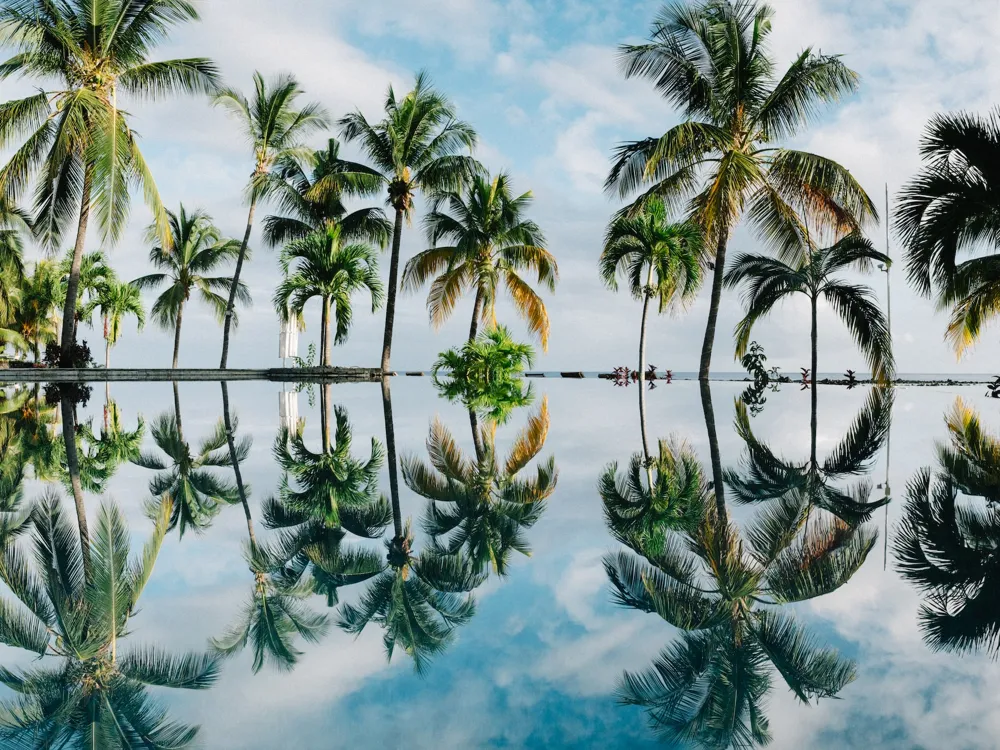
Pont Naturel is a two-metre-long volcanic rock formation which is also known by the name Natural Bridge. Formed entirely by natural processes, Pont Naturel is a part of the Gris-Gris cliffs and can be found in the southeastern corner of Mauritius. The bridge was formed as a result of waves crashing against the rocks and is supported by hanging cliffs. It offers breathtaking views. The sea at Pont Naturel is very rough, so swimming here is not advisable. Also, be cautious when standing on the bridge.
Read More
Port Louis Waterfront
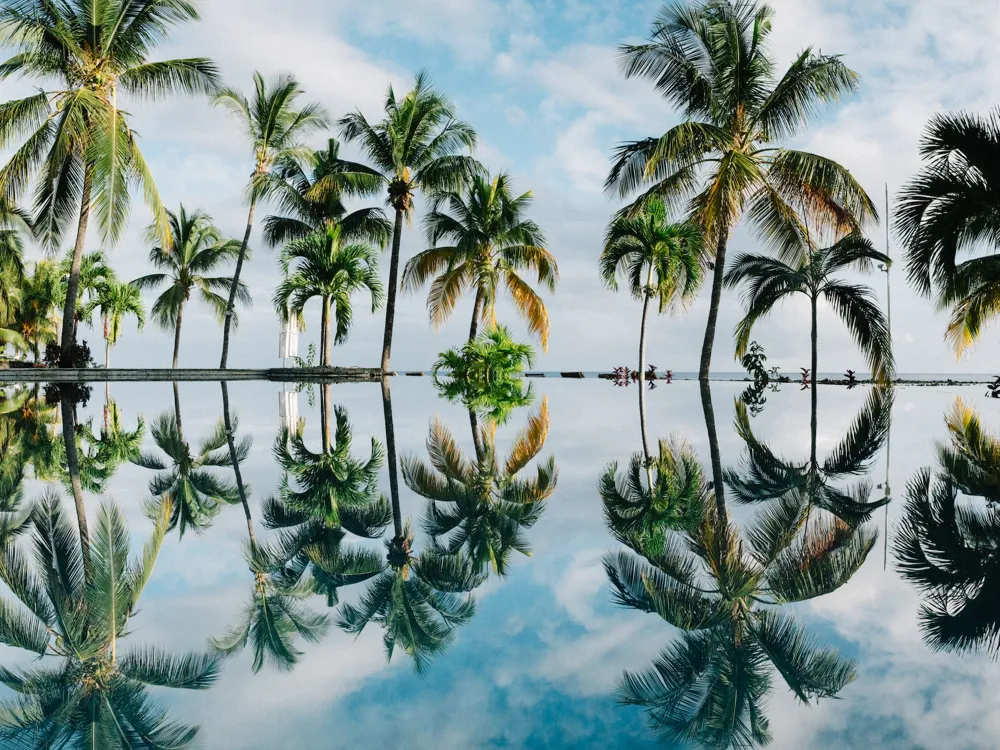
The Port Louis Waterfront, or as it is commonly known as the Le Caudan Waterfront, is a commercial development area located in the capital of Mauritius, Port Louis. It has gained its reputation as the first of its kind major shopping expansion on the island nation, including various shops, casinos, banking facilities, restaurants, movie theatres, and a five-star hotel by the name of Le Labourdonnais.
Source
Historical Background
The waterfront gets its name from a renowned French figure Jean Dominique Michel de Caudan, who started a saltpan towards the southwest of Port Louis in a small bay back in 1726.
In the present day, it is the entrance road to the Le Caudan Waterfront, which also hosts the Robert Edward Hart Garden.
Before the advent of modernization, the Le Caudan was a peninsula and home to several small enterprises and warehouses, a meteorology and astronomical observatory which went through wear and tear over the 250 years. The harbour also had a sugar factory and hence it was used for purposes related to the manufacturing and supply of sugar.
The Docks office of the waterfront has now found its new avatar in the form of the Blue Penny Museum building. The Namaste Restaurant and the Food Court once used to be the meteorological observatory, the first in the Indian Ocean.
In order to commemorate the historical significance of Le Caudan Waterfront, the three wings of the complex depict the different colonial episodes:
Barkly Wharf, the main building of the complex is named after an appointed Governor and Member of Parliament of the British Government – Sir Henry Barkly
Le Pavillon Wing hints to the origin of the Port Louis when it was known as Port Napoleon.
Dias Pier is the most recent wing and is a tribute to a navigator named Diogo Dias who is believed to have recorded the Mauritius Island in the map.
Source
Present Day
Today the Port Louis Waterfront is an attractive shopping destination among the tourists and the locals as well. The Le Caudan mall, the first mall of Mauritius, is the main appealing source for those who are fashion enthusiasts and can immerse themselves in the trendy shops. The complex is also home to a popular craft and art market, speciality shops selling souvenirs like replica ships, shops displaying paintings by local artists and locally made jewellery, centres of Indian garments and textiles, food courts and restaurants serving mouth-watering delicacies including delighting dishes from the Mauritian cuisine as well. The museum is famous for the display of two of the rarest stamps in the world. Another marvellous detail about the place is its tax-free shopping options which really helps the tourists to buy things without any hesitation.The view from the premises of the mall is just fascinating, with cargo ships coming in and out carrying large containers. A recent development in the waterfront is the Caudan Arts Centre which is expected to be operational from December 2018 and it will host operas, plays and conferences.
Read More
Poste Lafayette Beach
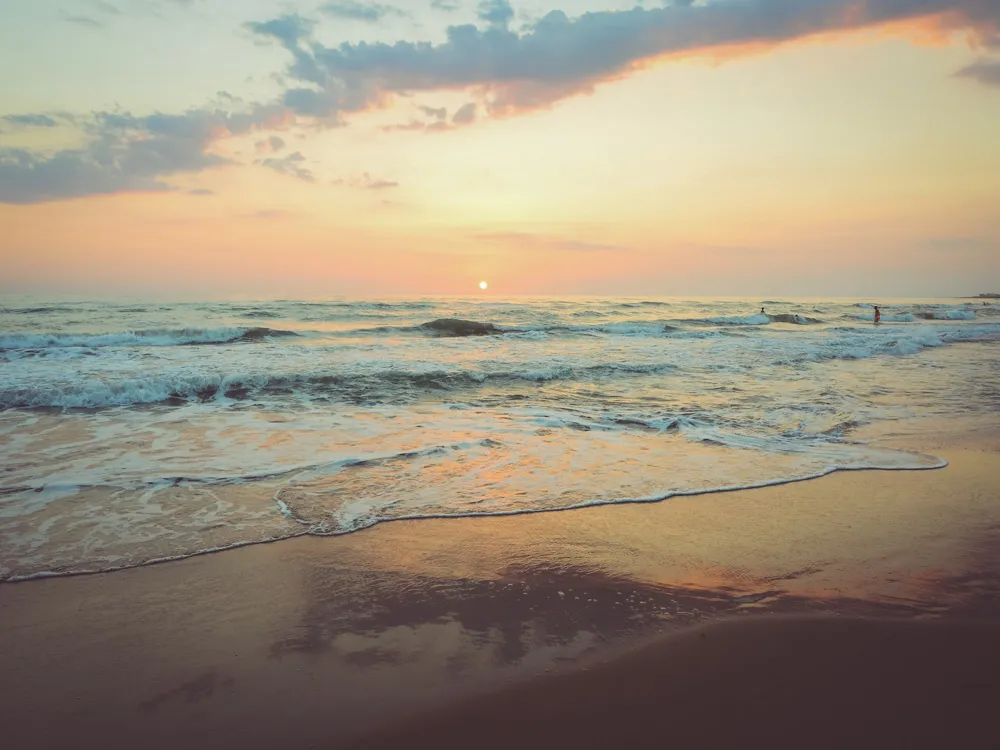
Adding to the long list of beaches in Mauritius, the Poste Lafayette Beach is another beautiful exemplification of why this paradise island is famous worldwide as a perfect holiday destination. Also known by the name – Jalsa Beach, the Poste Lafayette Beach is situated towards the outskirts of a small northeastern Mauritian village of Poste Lafayette. About 500 metres from the popular Constance Prince Maurice resort, the Poste Lafayette Beach boasts a unique peaceful environment.
If you walk another half a kilometre towards the north, you will find the Jalsa Beach Hotel and Spa that enjoys a terrific location on the Poste Lafayette Beach. Continuing further north will take you to Poste Lafayette Pointe aux Roches. The southern part of the beach mostly has shallow waters in little amounts. You can also find small islands with mangrove trees. The area is quiet and has an alluring away-from-the-world feel to it. Even though the sandy parts are limited, the sandy seafloor and shallow waters make up for it aptly.Are you looking for a perfect picnic spot? Go around the rocks and mangrove in the southern part of the beach, and you will find some small beaches hidden behind the forests. Few snack vendors put up their stalls during the weekends selling burgers. Majority of them are towards the northern side of the beach.
Source
For someone who keeps interest in beach trekking, the south of Poste Lafayette would serve as a good starting spot. It will take a complete day of trekking to cover the beaches up to the north. The scenic variation changes from the powdery sand of the pristine white beaches to long black rock landscapes.The cut-off point for the coral reef is right off the coast near the Poste Lafayette Pointe aux Roches where waves crash over the black rocks. The underwater currents are tremendously strong in this region, and it is highly recommended not to go for swimming in these waters.The beach is very windy making it perfect for activities like kite surfing. Children and inexperienced swimmers are not suitable for swimming in the big waves of the ocean. Most of the rustic and unspoilt landscape of the Poste Lafayette remains untouched by the majority of the tourists.
Source
The wild and tropical side of the beach makes it very much desirable for the nature lovers out there. The coral reefs are rich in marine and are the most authentic part of this beach.Other water activities include pedalo, windsurfing and kayaking. The best time to visit the Poste Lafayette beach is in the morning from 8.00 AM to 11.00 AM or towards the afternoon at around 1.00 PM to 4.00 PM. If you want a more secluded experience, visit during weekdays when the crowd is next to zero.
Read More
Rault Biscuit Factory
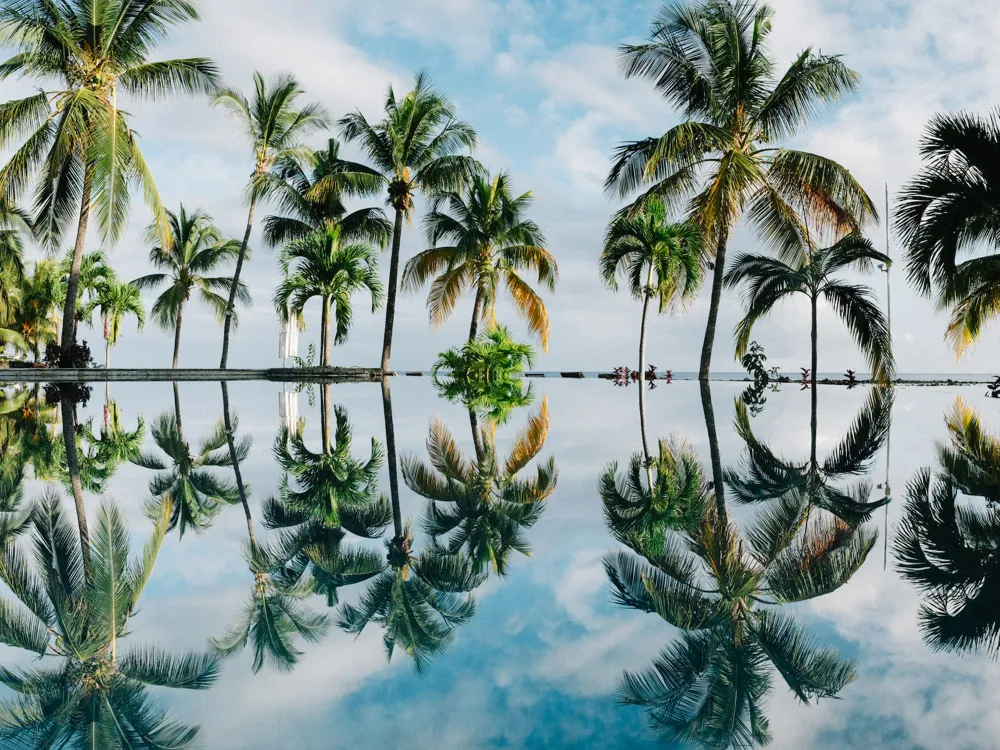
The root of any country incomplete without its history and Mauritius isn't an exception in this regard. Most of the tourist attractions of Mauritius have stories to tell you which define the very origins of this island nation. Like a cup of tea is incomplete without biscuits, Mauritius is incomplete without its history as well. Speaking of cookies and history, there is one place in Mauritius which has both of these in common - the Rault Biscuit Factory or 'Biscuiterie Rault' as it is known locally.
Situated in the northern side of Mahebourg, the Rault Biscuit Factory is a family business found and owned by the Rault-Seneque family back in 1870 whose biscuits are one-of-a-kind in the world. They specialise in differently flavoured cookies which are made in a traditional method that has remained unchanged even after being carried forward through 140 years since its creation. A trip to the Rault Biscuit Factory will take you back to a historical ambience of the days gone and will familiarise you with the entire line of different biscuits.
Read More
Rivulet Terre Rouge Estuary Bird Sanctuary
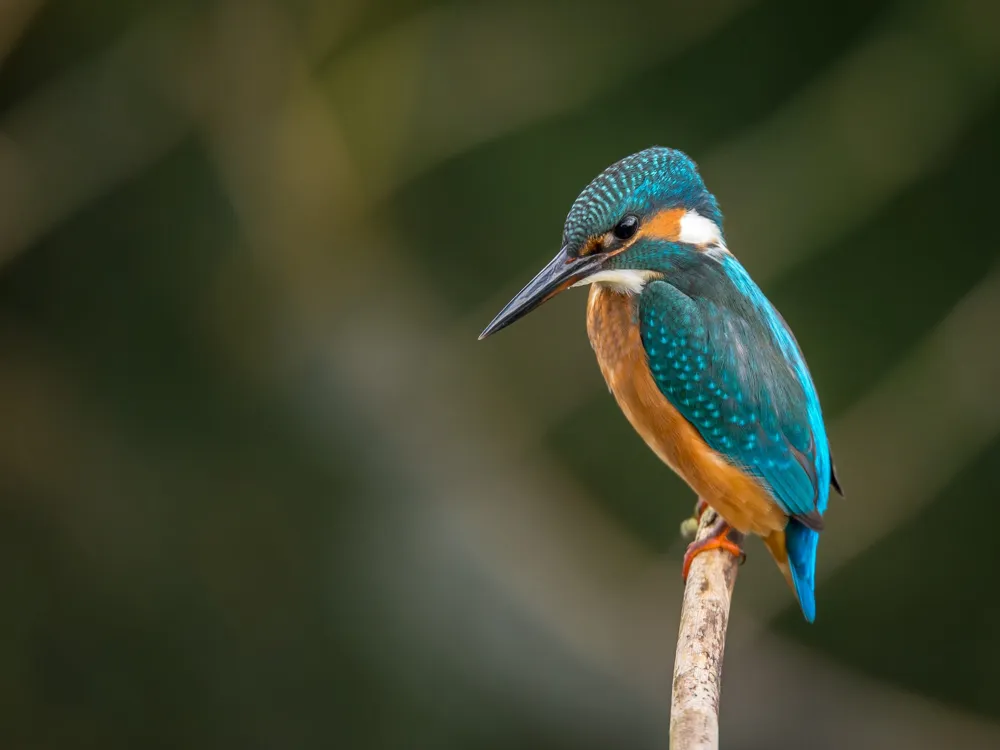
The vibrant flora and fauna of Mauritius have served as a significant source of a tourist attraction for years now. The tropical forests covering vast ranges of this paradise island house some of the unique species of animals and birds, some of which are very rare and endemic to Mauritius. Apart from the white sandy beaches and crystal clear lagoons, Mauritius is home to specific locations dedicated explicitly to the wildlife – national parks, natural reserves, botanical gardens – that are quite famous all over the world. And we are going to talk about one of them – the Rivulet Terre Rouge Estuary Bird Sanctuary.
Located towards the north-western part of Mauritius in a place called Mer Rouge, the Rivulet Terre Rouge Estuary Bird Sanctuary is a unique part of the island for the fact that it shelters hundred of migratory birds temporarily. The birds fly in from places as far as Siberia in order to escape the harsh winter over there and suit themselves in the warm temperature of Mauritius.
Source
The Rivulet Terre Rouge Estuary Bird Sanctuary is spread out over an area of 26 hectares. As per observatory calculations, nearly 1200 birds visit this sanctuary every year, among which 13 are regular migrant bird species, and 6 are rare migrants. The sanctuary is strictly protected and is under constant monitoring to ensure that no human activities in the nearby areas can affect the reserve in any way.
Read More
Robert Edward Hart Museum
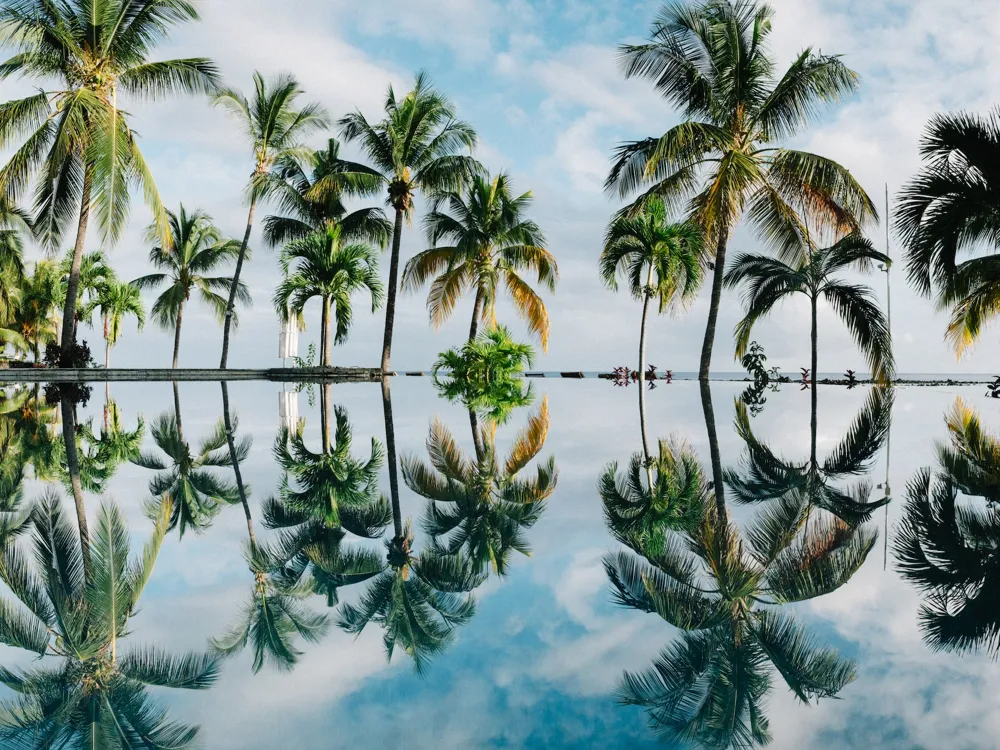
The historically rich land of Mauritius houses some museums that play a crucial role in preserving its origins, which date back to centuries. Among the list of renowned museums present in the paradise island, the Robert Edward Hart museum is one name that is unique on its own.
Source
The museum gets its name from the renowned Mauritian poet Robert Edward Hart who is highly appreciated both in the French and English literary world. His residential house, known as La Nef, is an attractive cottage made of coral-stone and it was made accessible to the public in 1967 after transforming it into the Robert Edward Hart Museum.
Read More
Rochester Waterfalls
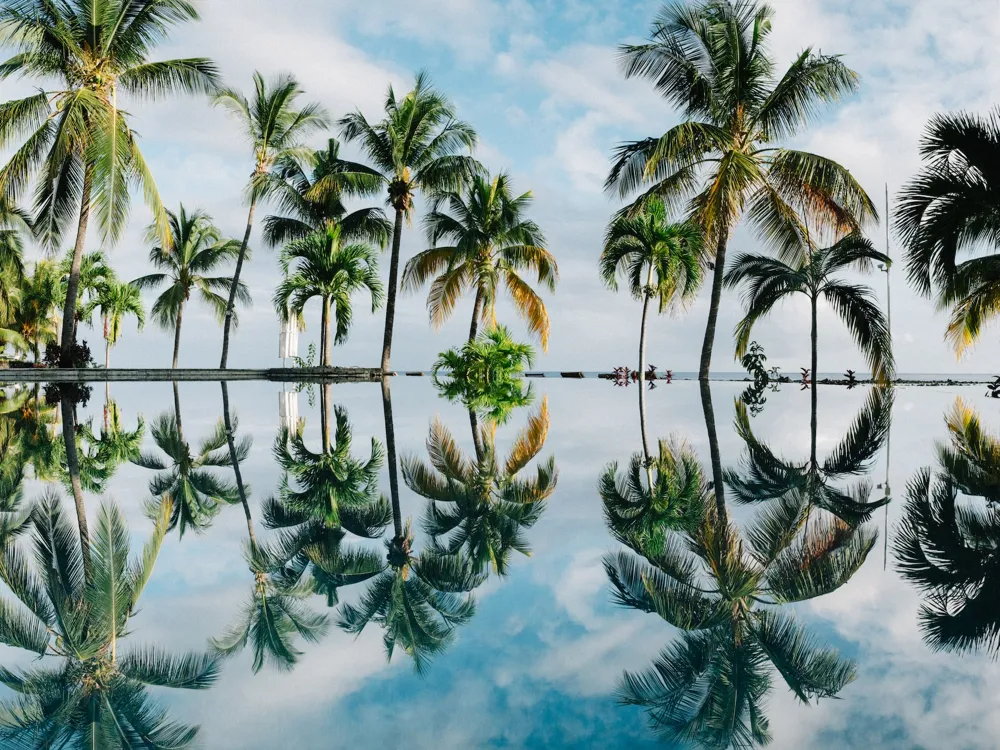
Rochester Falls is located in Savanne District, a few kilometres from the town of Souillac. Set amidst rugged and pristine landscape, it is a must-visit attraction in Mauritius. The ten metres long waterfalls rushing down the rocky bed look perfect for a refreshing dip or a small picnic with loved ones. It is ideal for relaxation and reconnecting with nature at its enchanting glory.
Source
The thick foamy layers of water look contrasting to the emerald green hues of the surrounding. The dramatic cliff encircling the Rochester Falls is wild and pristine. The local people can often be seen diving into the freshwater pool and having a good time. However, it is not recommended for tourists. Rochester Falls is not as busy as other tourist attractions in Mauritius and allow you to soak up the scenic views all by yourself. There are two paths that lead to Rochester Falls. One of the paths takes visitors on top of the waterfall while the other goes straight to the pool.Rochester Falls has a history dating back to the colonial era. It was named after the 19th century novel ‘Jane Eyre’ by Charlotte.
Source
HighlightsRochester Falls has earned accolades for being the widest waterfall in Mauritius. It is also popular for the rectangular formations that are a result of the water gushing with full force against the rugged cliff. The exemplary view of the landscape backed by the foamy, clear water looks straight out of the postcard.Tips1. It is advisable to not visit the waterfall during the rainy season2. Carry a mosquito repellent
Read More
Ronaq-Ul-Islam Sunnee Mosque
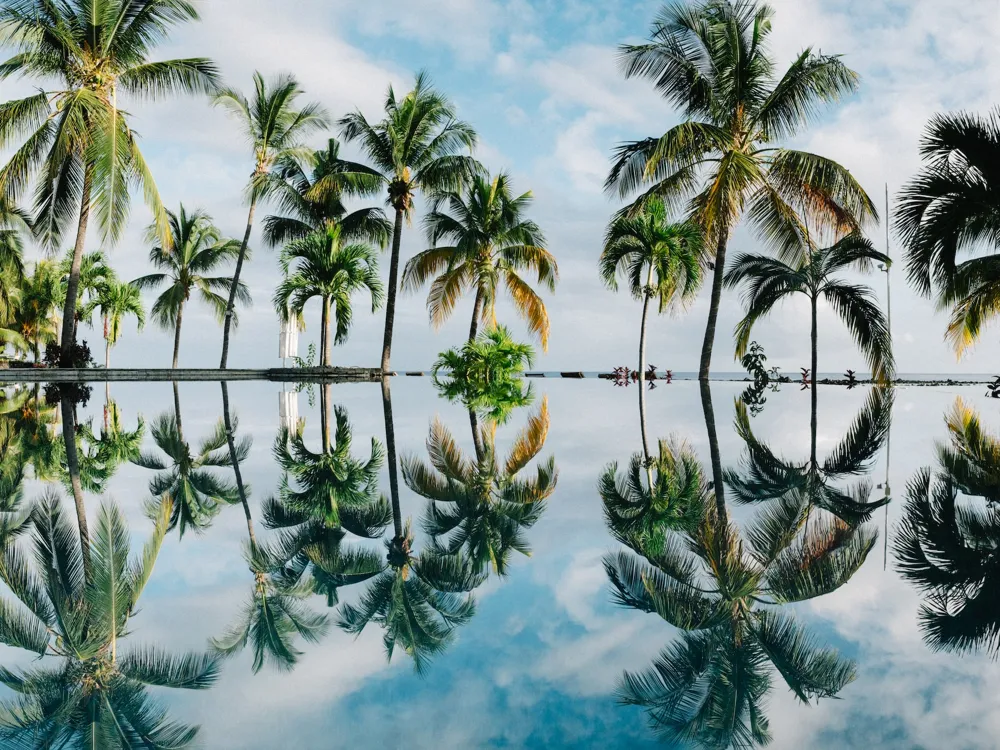
The story of the introduction of Islam in Mauritius dates back to the 18th century when Indian sailors from Bengal and Pondicherry migrated to Mauritius. During that time, Mauritius was a colony of France, and according to the French Law, only Catholics had the freedom to practice their religion openly.
It was not until the 19th century when the French Government agreed to allot some land to the Muslim people at Plaine Verte near Port Louis that allowed them to practice their religion openly. Today, 17.3% of the Mauritian population practice Islam, and approximately 95% of them are Sunni Muslims. Among the number of mosques spread out across the island, the Ronaq-Ul-Islam Sunnee Mosque is worth mentioning.
The history of the Muslim community in Grand Bay went through a sizeable dark phase during the period between 1952 and 1956. The only existing Madrassa was in the state of ruins, and there was no congregational salaat. The fifty Muslim families parted ways forming two different groups. The division resulted in one group assembling under the shed for the Eid prayers while the other group used the veranda of a house. These unfortunate turn of events made the elders very sad, and they felt the urgent need for a Masjid. However, all their efforts went in vain due to the lack of a suitable piece of land.
Source
Read More
Mauritius Travel Packages
View All Travel Packages Mauritius
Nearby Places Mauritius
Browse Package Collections
Browse Hotel Collections











